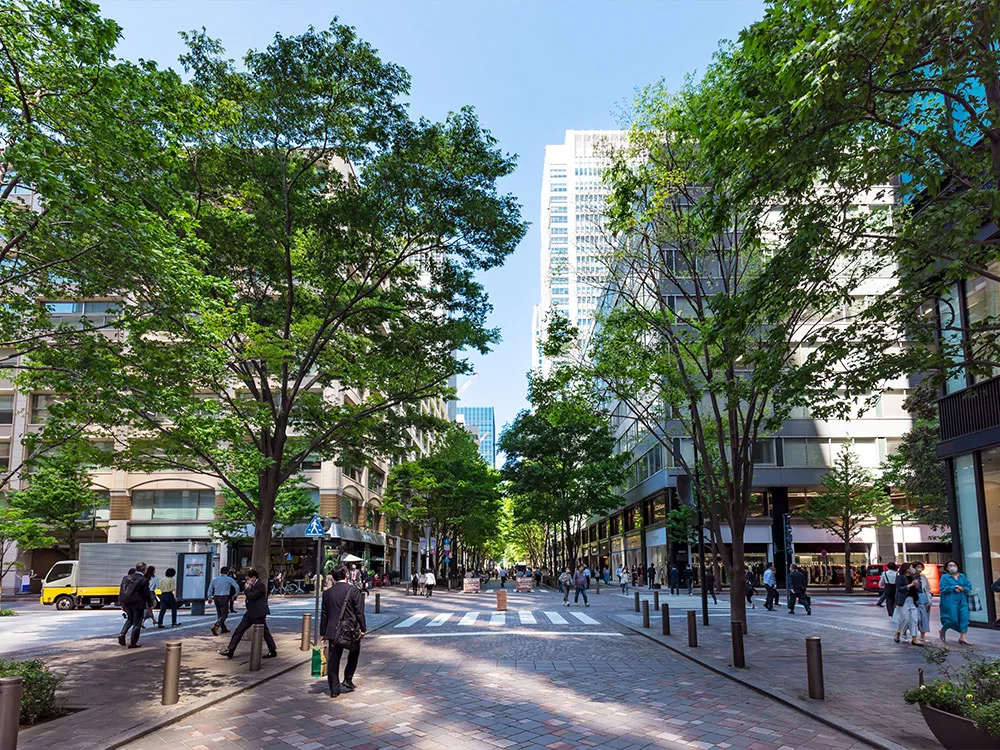Give before midnight on July 31 to double your impact where trees need us most. CHOOSE A PROJECT
Bulletin
What City Foresters Do
To some, it may sound like a contradiction of terms, but many foresters do work in cities. Their work may not be as well-known as that of their rural colleagues who protect and manage the nation’s timber resources. But urban foresters play a vital role in the health and future of some of America’s most important forests — the trees along our streets and in our parks and yards. City foresters are the unsung heroes who champion the green features of our country’s finest places to live.

Citizens in communities of all sizes benefit when the services of a city forester are available.
Every citizen wants professional police protection, a high-quality fire department, and the best possible administrators the city can offer. But how many people insist that the welfare of their community’s treasure of trees be entrusted to professional management?
One university study indicates that only 39% of our municipalities systematically care for their publicly owned trees, and fewer than 15% hire foresters.
The result is that many of our urban forests are in trouble. Throughout America’s cities, more shade trees are dying than are being replaced. Scarce financial resources are being wasted on plantings that are doomed from the start, and life-extending practices such as pruning and disease control are neglected.
By contrast, communities that employ a professional to manage their trees are the big winners. In this issue, we explore the role of city foresters and see why every citizen benefits from the services of these dedicated men and women.
In This Bulletin
Here’s what’s inside:
- What is an Urban Forester? – defining this role
- What is a Community Forestry Program? – the five basic elements of a typical community forestry program, as well as four goals
- Two Model Programs – examples of communities with innovative, proactive approaches to community forestry
- City Foresters Make It Happen – ways smaller communities can get assistance with urban forestry
- The City Forester of the Future – how the role of urban forester is changing
